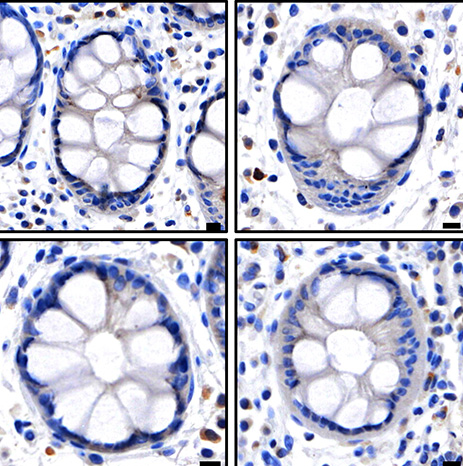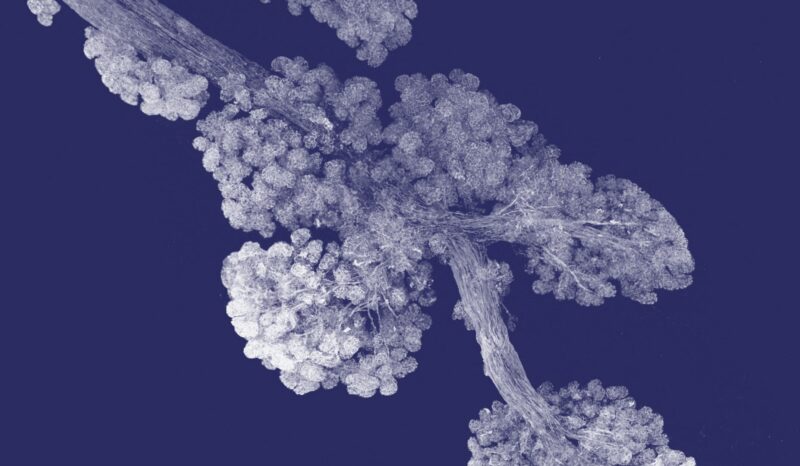Artificial Intelligence leverages computers and algorithms to mimic the problem-solving and decision-making capabilities of the human mind. It involves using computers to do things that traditionally required human intelligence.
AI is already entrenched in our daily lives in things such as chatbots, predictive text, driverless cars, and video, podcast or product recommendations. The rise of AI has been enabled by exponential increases in computing power that can interrogate large, complex data sets.
We have entered an era when vast quantities of data are being generated from genes, proteins, cells, tissues and individuals. The data runs from molecular, through microscopic, up to whole body imaging, which has created opportunities to drive new discoveries in health and disease by applying AI to identify novel and subtle patterns in data and to make sense of complexity in creative ways.
We are using image-omics to find molecular explanations for imaging phenotypes, such as gene mutations that cause extra ribs.
The use of Deep Learning – an AI technique – has become extremely popular in bioimage analysis in recent years. Within the Centre for Dynamic Imaging, these tools are used to remove noise from microscopy images by training AI to recognise noise and correct for it, allowing us to acquire data faster, and with a sensitivity that would otherwise be unachievable, particularly on live samples.
The Centre for Dynamic Imaging also uses AI in object detection and classification networks to segment objects such as cells from the background and classify them based on labels we have trained the networks to recognise (ie infected vs uninfected cells).
AI is being used at WEHI for applications in medical images, such as CT scans, to get a more comprehensive view of what’s going on in the organ, cell or tumour and to easily identify any abnormalities or irregularities.












